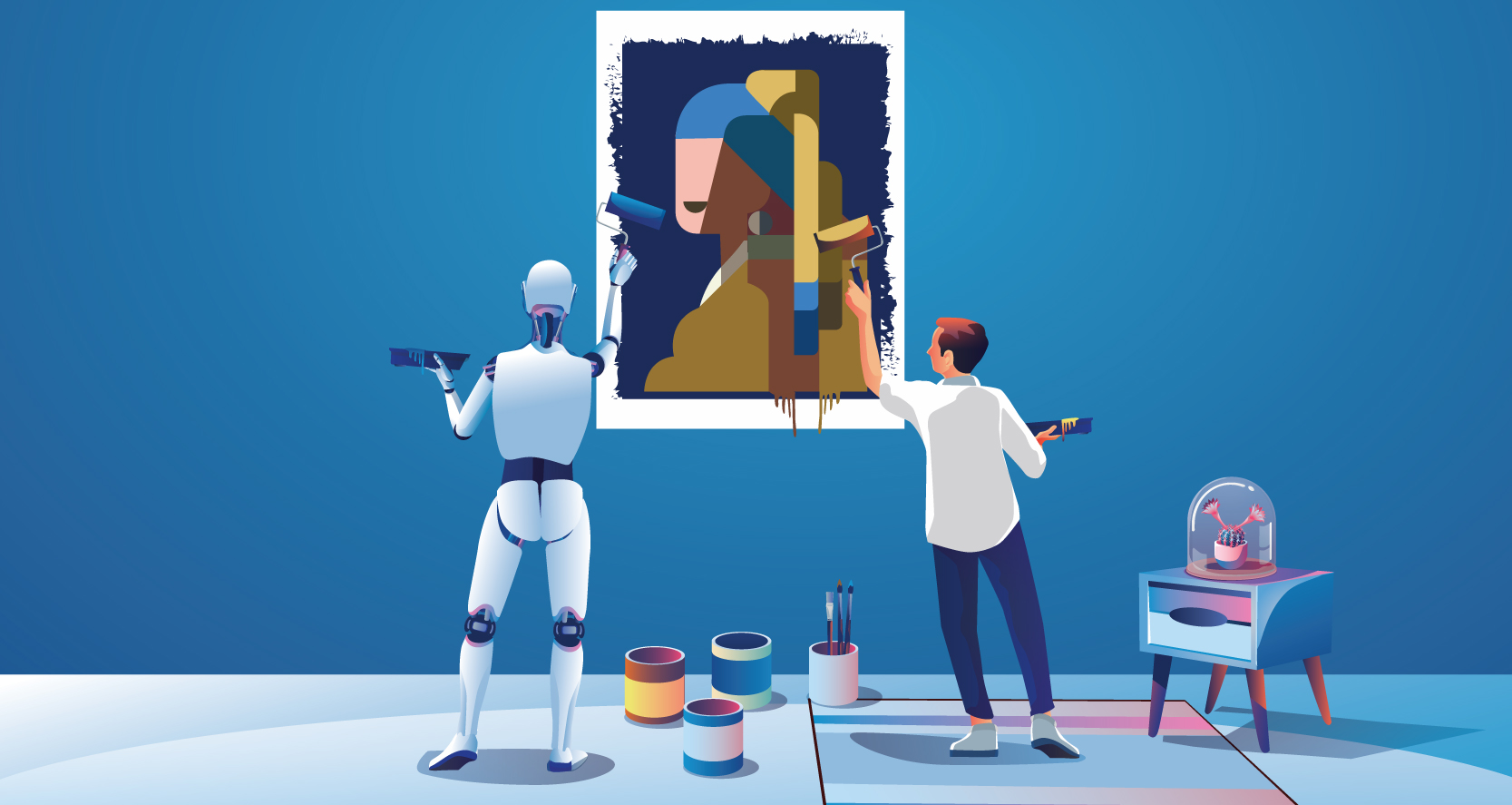The recent controversy surrounding a digitally enhanced photo of the Princess of Wales and her children, which was initially published and then retracted by the media, brings to the forefront a long-standing debate – is it ethically acceptable to use a digitally altered photo? And if so, where do we draw the line between acceptable and excessive photo editing?
This dilemma is particularly significant for startups and small businesses, which often struggle to provide authentic images of their technologies that are still in development or yet to be deployed.
Media Images
For media purposes, photos must remain unaltered and as true to the original as possible. Minor adjustments for basic color contrast, sharpness, and cropping are permissible, but further alterations raise doubts about the authenticity and truthfulness of the photo’s intended representation.
Stock Images
The extent to which stock images can be modified depends largely on the licensing agreement. Violating these terms can lead to legal repercussions. When utilizing stock images, ensure any alterations, such as inserting your logo on a piece of equipment or adding your technology into the background, align with the agreement’s guidelines. Also, remember these images are intended solely for marketing purposes, not media distribution.
Images From Design Application Libraries
Design programs like Canva allow anyone to access professional-quality design tools from a smartphone. The main selling point of these applications is that you can create and publish a branded image in just minutes. These services offer access to a comprehensive library of images and fonts for custom designs. It is acceptable to use and alter these images as long as it’s done within the guidelines of the program’s licensing agreements.
Internet Images
Images sourced from the Internet are often copyrighted, posing risks of legal infringement. To sidestep potential copyright violations, it’s advisable to avoid using such images.
Artificial Intelligence
Images generated by artificial intelligence (AI) are changing the digital editing landscape. Although some media outlets are experimenting with AI-generated images and others are developing guidelines for their use, the current Associated Press rule is to refrain from using these images unless they are the subject of the news story. Despite the industry’s reputation taking a hit in recent years, media organizations still consider themselves the standard-bearers of unbiased truth and accuracy, and they have an ethical responsibility to prevent publishing fake videos or photos.
Google’s Gemini AI image generator’s attempts to diversify images, which resulted in vastly inaccurate depictions of major historical figures, demonstrates just how far this technology has to go before it can deliver trustworthy images. Limitations on AI’s ability to access information from outside sources also make it unlikely that the early stages of clean technologies will be accurately depicted.
Photographers and corporations are also starting to develop guidelines governing the creation and use of AI-generated images. Regardless of the creator or user, it’s always a best practice to be transparent and clear about where the image comes from.
As technology changes, so do the rules for digital editing. It’s always best to work with professional designers to ensure you follow legal and ethical standards. Mercom’s design team has access to a wide range of stock image libraries and is well-versed in the acceptable use of these images.
Learn more about our branding work HERE.

